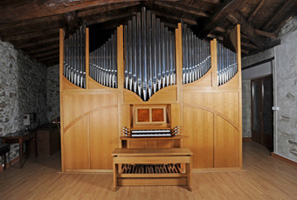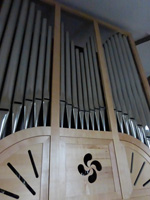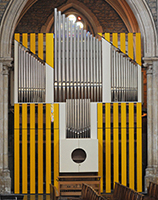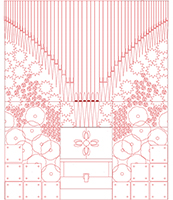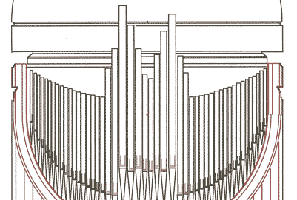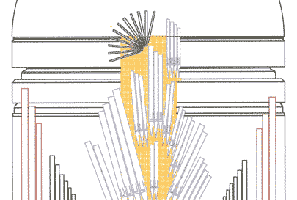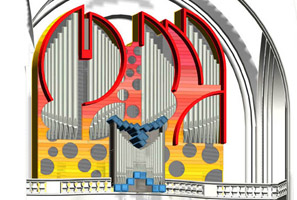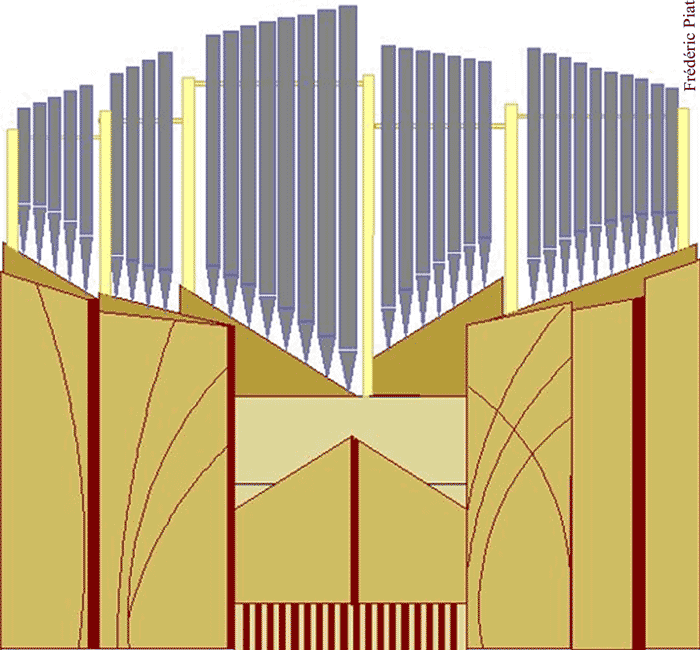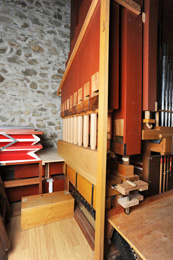
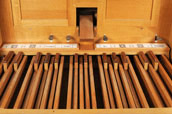
Philosophy and aims
We believe it is important to situate the organ both in its historical context and in the contemporary world:
#To do so we rely on our in-depth knowledge of 19th century French organ building specifically that of Aristide CAVAILLÉ-COLL and Joseph MERKLIN in order to make organs which are really an illustration of that aesthetic school.
For instance :
- the instrumental part has its own framework independent of the organ case
- the organ wind system with a succession of inverted ribs bellows
- the making of the windchests and their conception
- the design of the notes and drawstop tracker action
- the scaling of the pipes and their manufacturing
- the voicing technique and the tuning slot work
As a result we do meet the exact requirements of 19th French century organ building but we do not build organs like 19th century ones
# By building modern contemporary organ cases design in collaboration with an architect (Frederic Piat). The fact that the instrumental part is independent of the organ casing allows the builder a greater freedom for aesthetic choices.
Realizations
Dessins de buffets contemporains

